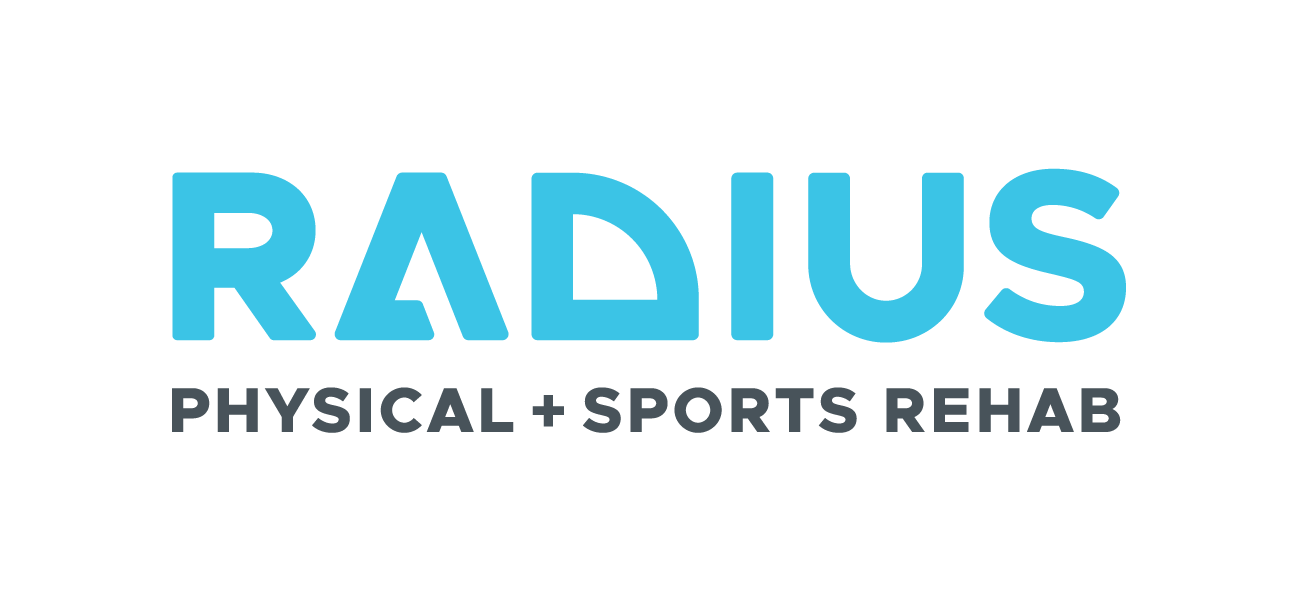Sacroiliac Joint Pain During Pregnancy
What are the sacroiliac joints?
The sacroiliac joints are located at the back of the pelvis and they connect each ilium to the sacrum through large ligamentous and muscular attachments. The main function of these joints is to transfer load from the spine to the legs, and in women, the uterus is directly attached to the front of the sacrum itself. As the uterus grows and expands to make room for baby, that direct ligamentous attachment can place a lot of stress on the sacrum and the sacroiliac joints. Another factor during pregnancy is the hormone relaxin, which allows the ligaments and muscles surrounding the pelvis to soften and stretch. An amazing thing for childbirth but can be a huge factor in pregnancy-related aches and pains!
What are the symptoms of sacroiliac joint dysfunction?
Sharp, stabbing pain near the tailbone or hips
Radiating pain into the glutes, down the leg, or wrapping around to the groin
Pain with movements such as climbing stairs or going from sitting to standing
Pregnancy waddle and altered gait mechanics
Unable to sleep on your sides due to increased pain
How do you manage sacroiliac joint pain?
The best option for mommas dealing with SI joint pain is to seek out care with a specialized prenatal chiropractor or physical therapist. There are so many different treatment options, but manual therapy and specialized rehab exercises are the most effective! Here are a few tips that you can implement right away.
Strengthen, strengthen, strengthen! This is SO important to help stabilize the pelvis. Work on glute strengthening exercises such as banded lateral walks, glute bridges, clamshells, and deadlifts.
Check your posture, keep that diaphragm stacked over the pelvic floor, and don’t let your pelvis tip forward.
If you are a side sleeper, make sure to use a pillow between your knees at night to keep your pelvis level.
Last resort comfort measure would be the purchase of a sacroiliac belt. I recommend the Serola Belt!
Article authored by Dr. Hannah Flammang, DC. To schedule an appointment with Dr. Hannah Flammang, DC in person or via telehealth click here.
The views expressed in this article intend to induce conversation. This article is not, nor is it intended to be, a substitute for professional medical advice, diagnosis, or treatment, and should never be relied upon for specific medical advice.


